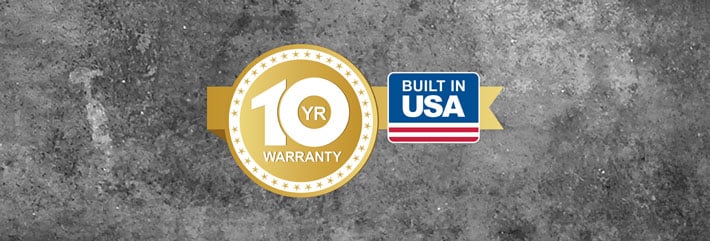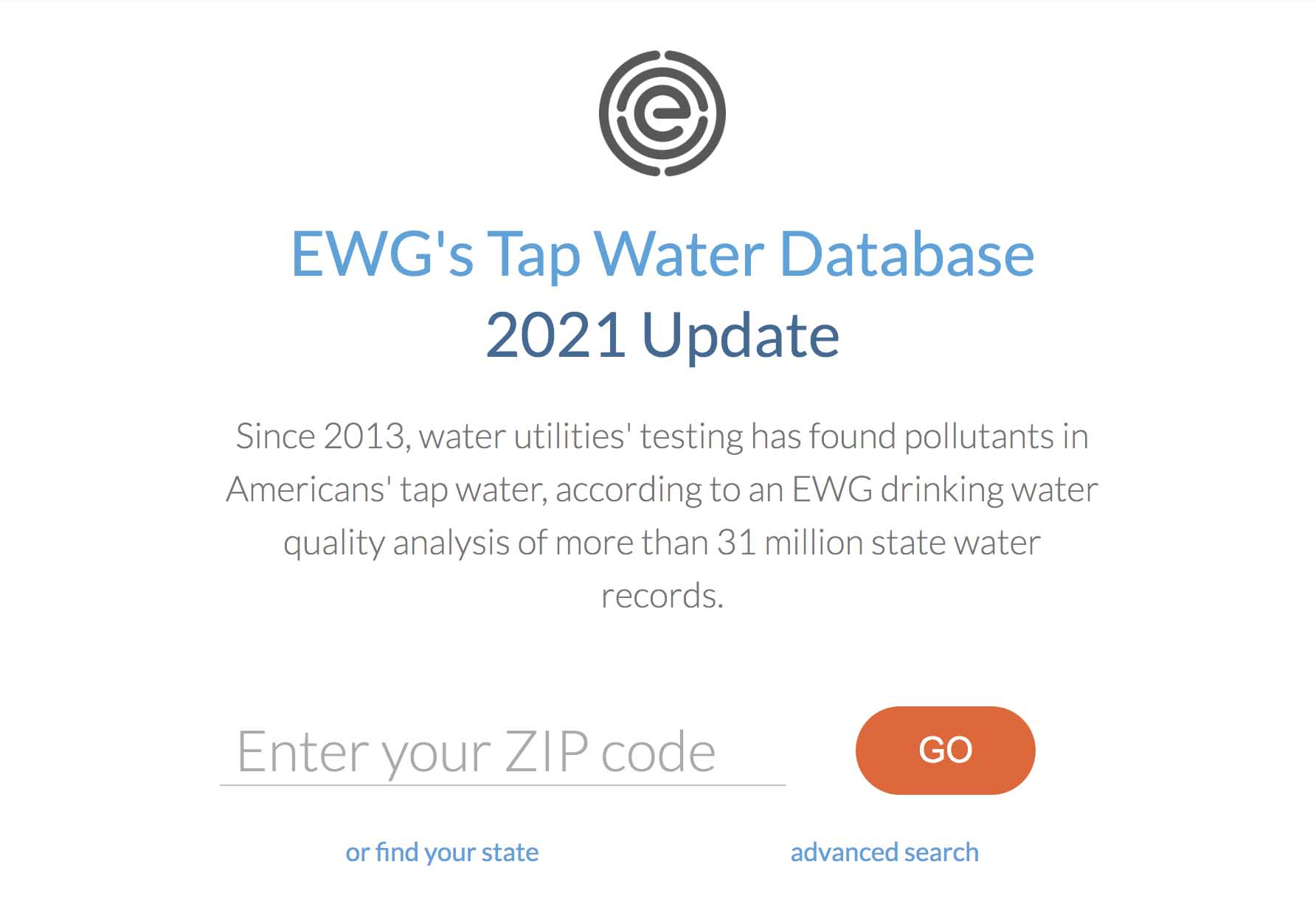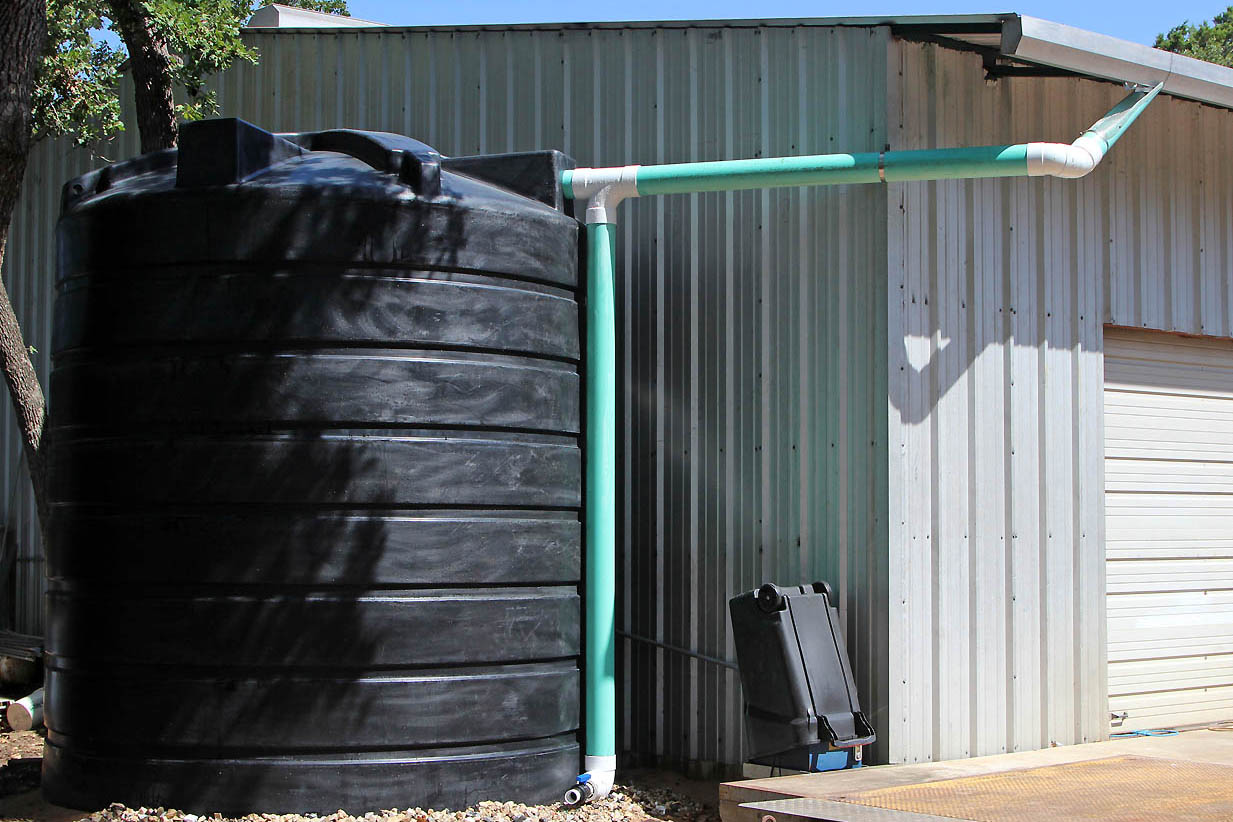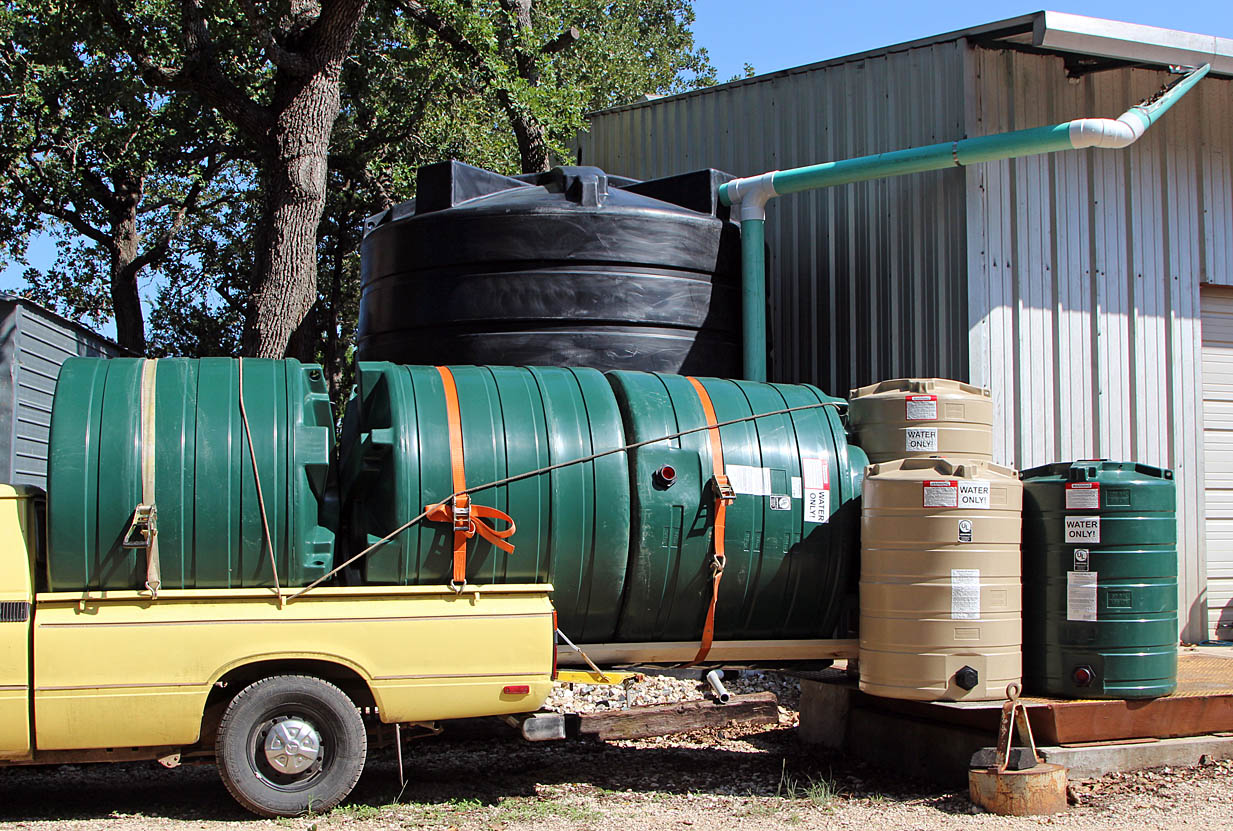Learn About Rainwater Harvesting
Raineswaterharvest.com wants to help everyone understand the importance of fresh water, the current environmental and geo-political issues, as well as techniques and options for harvesting rainwater for your community, your family and yourself. So we have started a collection of information that can help you gain better understanding and learn more about these topics, as well as provide you the tools to achieve your needs.
Visit this page often for more info.
Check the Quality of your Water here!
Because transparency and open honestly is our goal for life, Raineswaterharvest.com wants to help everyone know exactly what they’re getting! Check out this link below from the good people at EWG to find out the quality of water in your area. And watch their video revealing their motivation for being there to help you know what is the real story behind your drinking water.
Learn about the history of pumps.
What is the difference between a Hose Bib and a Spigot?
Frequently Asked Questions
Why should I harvest rainwater?
Collecting rainwater allows you access to water that is…
CLEANER AND SAFER
Rainwater has less pollutants than the water coming out of your tap. Cities often use unsafe materials for their plumbing, leading to high levels of harmful chemicals in tap water. Ineffective filtering in city systems may also lead to high levels of pollutants in your water. Yuck!
BETTER FOR THE ENVIRONMENT
Through capturing rainwater, you conserve water in a time where aquifers are drying up and much of the world’s population is facing water scarcity. You also decrease runoff, which reduces the amount of pollutants washed into bodies of water and the rate of erosion of riverbanks.
EASILY ACCESSIBLE
Collected rainwater provides a source of water independent from the government, so you, your family, and your animals will all have water in the case of a shutoff. Whether as a backup reserve or a source for everyday usage, rainwater replenishes itself.
COST EFFECTIVE
Not only can you build an inexpensive starter system, but don’t have to pay bills on water you collect. Your city may even offer a rebate to harvesters!
Check the below links for more information, as well as examples of successful community rainwater harvesting initiatives:
https://rainreserve.com/why-harvest-rainwater
https://www.planetnatural.com/rain-water-harvesting/
https://raineswaterharvest.com/rain-water-world/
Is rainwater clean?
Rainwater is quite clean comparatively, as it has had less opportunity to pick up pollutants from the surface of the Earth. Additionally, with the usage of good materials, it may have far less pollutants from plumbing than local tap water. If you plan to use rainwater for drinking or cooking, use a sediment filter to remove any particulates that it may have accumulated from the roof and a UV light to eliminate any bacteria and viruses that it could have. Diverting the first amount of runoff before beginning to collect water also decreases the particulates that must be filtered out. You can also use unfiltered water for irrigation and laundry.
How do I get started? What does a basic system look like? What do I need?
You will need a tank, piping, and a hose bibb/faucet at minimum. Setups can look different based on location, purpose, and financial restrictions. Contact us for personalized recommendations.
I live in the city. Is this something I can do?
Yes! Rooftop rainwater harvesting is common in many cities. Contact us for recommendations on how to begin your own urban rainwater collection.
Why is it so important to avoid using brass, copper, and PVC? They’re so much cheaper!
Brass, copper, and PVC are harmful to your health and not as sustainable long-term as stainless steel and polyethylene. Brass and copper corrode easily, leaching copper, lead, and other elements into the water. High levels of copper in the water cause kidney and liver damage, while even low levels of lead in water can cause developmental delays in children, among other side effects. PVC is made of vinyl chloride, which the World Health Organization recognizes as a major carcinogen. All three materials cause significant health problems. Besides, everything available at Raines Water Harvest is both affordable and made of safe materials! For more research, consult the links below:
https://www.doh.wa.gov/portals/1/Documents/pubs/331-178.pdf
https://www.epa.gov/ground-water-and-drinking-water/basic-information-about-lead-drinking-water
https://www.ecowatch.com/why-you-should-avoid-pvc-products-1881927242.html
Our Materials
We use stainless steel for our fittings and valves, PEX (crosslinked polyethylene) and HDPE (high density polyethylene) for our piping, and HDPE for our tanks.
Stainless steel will not corrode like copper, brass, or galvanized steel will. It’s especially important to use non-corrosive materials because rainwater is more acidic than mineralized water or groundwater. Because rainwater is more acidic, it’s more likely to corrode your pipes. At best, corroded pipes will make your water taste bad and cost you money. At worst, corrosion can cause you health problems. Higher levels of copper in water, for example, can damage your kidneys and liver permanently.
PEX is a safe and healthy plastic that we use for our inside piping. It’s flexible, so it’s easy to install, and it resists corrosion as well. Unlike PVC, PEX does not have glue that will contaminate your water supply. PEX is also freeze-resistant.
HDPE is what we use for outdoor piping and tanks. PEX doesn’t tolerate sunlight, so we use HDPE for outdoor runs and tanks. HDPE is extremely strong and won’t crack with shifting soil. It won’t corrode either!
You may worry about using anything but PVC and copper because other materials are too expensive. At other stores, this is often true, but here at Raines Water Harvest, you can meet all of your rainwater harvesting needs without compromising your health or your wallet! We try our best to provide you with the best products AND the best prices… because we know we are all in this together!
Learn about our Enduraplas Tanks
Here are the top features to look for in a rain collection and water storage tank. If these features become part of your rain collection system you will be all set to store clean water and keep it that way.
- LIGHT-BLOCK™ Technology: Algae needs light to grow. This algae-resistant material keeps the sunlight out and the water pure.

- STRONG-X™ Roof Design: The beefed-up roof structure with molded-in truss-like supports eliminates collapsing in the heat of the day.

- RIBBED-WALL™ Structure: The ribs act like belts around the tank keeping it in shape. This reduces bulging.

- Rotomolded Single Piece Construction: When cooked and cooled at an even rate, the raw material is bonded together to make this tank virtually indestructible. Rotationally-molded in a single mold means the tank is seamless, water-tight and leak-proof.

- 10-Year Warranty: Make sure your tank has a 10-year warranty. This is basic, but important. You want to be covered when storing the water, that you made the effort to collect.

- ANCHOR-POINT™ Lugs: Four hefty built-in lifting and tie-down points at each corner make it easy to handle.

- Properly Certified: Make sure your water tank has proper NSF and ASTM certifications. If not, your water could become contaminated and un-usable.

- COMPOUND COLOR™ Ingredients: Make sure your tank color is mixed with high density polyethylene using a high-pressure extrusion process. This provides the optimum color distribution to allow even lighter colors to stop light penetration. This process reduces the amount of color pigment making the poly stronger.

- UV-PROTECT™ Exterior: This UV resistant material stops high rated sun-rays breaking down the tank side-walls.

- FLAT-SPOT™ Dormer: Ensure that your tank is built with extra heavy-duty spots for plumbing extra tank fittings.

- DRINK-SAFE™ Resin: Make sure the resin used to build your tank is FDA approved, so that the water safe to drink.





